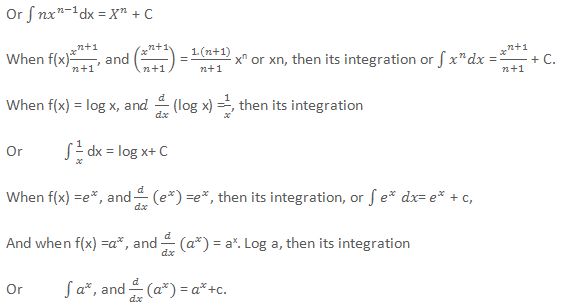
The derivative of e with a functional exponent In the system of natural logarithms, in which e is the base, we have the simplest constant possible, namely 1. ( Lesson 39 of Algebra.) When we calculate that derivative below, we will see that that constant becomes ln a. Where k is the constant of proportionality. Therefore, to say that the rate of growth is proportional to its size, is to say that the derivative of a x is proportional to a x. The more individuals there are, the more births there will be, and hence the greater the rate of change of the population - the number of births in each year.Īll exponential functions have the form a x, where a is the base. The bigger it is at any given time, the faster it's growing at that time. For we say that a quantity grows "exponentially" when it grows at a rate that is proportional to its size. (In fact, these properties are why we call these functions “natural” in the first place!)įrom these, we can use the identities given previously, especially the base-change formula, to find derivatives for most any logarithmic or exponential function.What does that imply? It implies the meaning of exponential growth. Look at some of the basic ways we can manipulate logarithmic functions: This means that there is a “duality” to the properties of logarithmic and exponential functions. Take a moment to look over that and make sure you understand how the log and exponential functions are opposites of each other. In general, the logarithm to base b, written \(\log_b x\), is the inverse of the function \(f(x)=b^x\). Therefore, the natural logarithm of x is defined as the inverse of the natural exponential function:

For example log base 10 of 100 is 2, because 10 to the second power is 100. When we take the logarithm of a number, the answer is the exponent required to raise the base of the logarithm (often 10 or e) to the original number. Remember that a logarithm is the inverse of an exponential. We'll see one reason why this constant is important later on. The natural exponential function is defined as Review of Logarithms and Exponentialsįirst, let's clarify what we mean by the natural logarithm and natural exponential function. While there are whole families of logarithmic and exponential functions, there are two in particular that are very special: the natural logarithm and natural exponential function.

In this lesson, we'll see how to differentiate logarithmic and exponential functions.

Differentiating a Logarithm or Exponentialīy now, you've seen how to differentiate simple polynomial functions, and perhaps a few other special functions (like trigonometric functions).


 0 kommentar(er)
0 kommentar(er)
